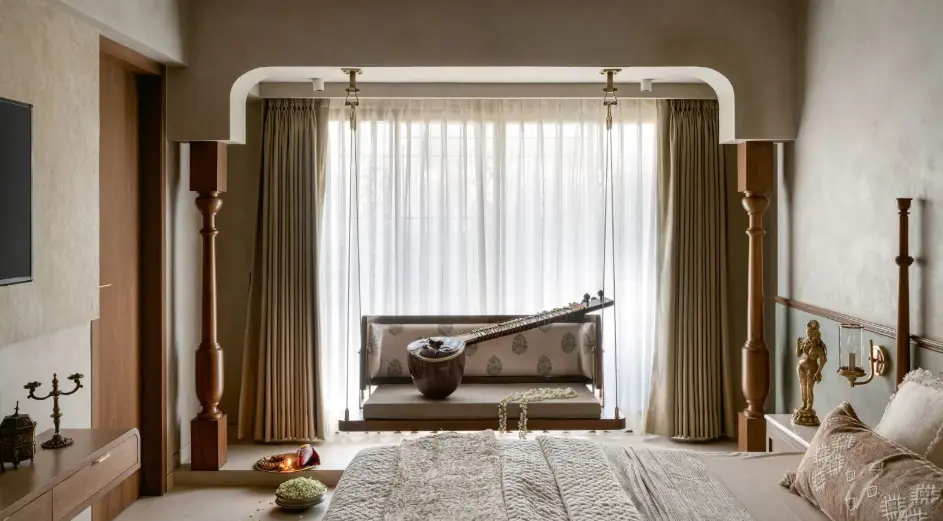Historic homes are timeless treasures that captivate generations through their craftsmanship, unique architectural details, and sense of history. Living in a historic home connects the past to the present in a tangible way, reminding us that character, heritage, and authenticity never go out of style.
Historic Homes Defined: More Than Just Age
Historic homes are captivating due to their historical significance and historical significance. They serve as living relics, offering a glimpse into past generations’ creativity and construction techniques. These homes set neighborhoods apart, attracting people seeking tradition and permanence. The emotional connection from ancient floorboards and handcrafted windows makes living in a historic home an irreplaceable experience. This appeal is particularly pronounced in cities known for their distinct architecture and historic preservation. For example, those seeking Homes for Sale in San Francisco often fall in love with the unmistakable elegance of classic Victorian or Edwardian-era homes. Residences serve as memory keepers, showcasing milestones and joys within their walls. Residents appreciate the continuity of the property, with doors revealing period details and stairs creaking. This stewardship fosters deep connections to the home and the community’s living history.
Unique Architecture and Craftsmanship
Historic homes are characterized by their architectural splendor, showcasing the creativity of skilled artisans and builders. Often built before prefabrication, these properties showcase rich details like coffered ceilings, ornate banisters, hand-laid tiles, and stained-glass transoms. Each house has a unique personality, with brickwork patterns, custom trims, and personal flourishes distinguishing them. Many owners dedicate themselves to learning and practicing restoration skills to maintain authenticity. The pride of repairing original hardware or uncovering built-ins is not just about saving money but also honoring stories, skills, and aesthetics.
Cultural Value and Community Stories
Historic homes are vital gathering places, preserving local culture and community identity. They serve as living museums, providing insight into development, migration trends, and population. The National Trust for Historic Preservation emphasizes that maintaining these homes protects the past and enriches contemporary life by boosting neighborhood pride and social bonds. Historic districts thrive with cohesive identities, attracting events and celebrations that foster belonging. Children growing up in vintage facades learn about craftsmanship and resilience, while adults develop respect for history and stewardship.
Blending Character With Modern Demands
Integrating modern technology into historic homes can be challenging but rewarding. Owners must preserve antique features while modernizing to meet modern standards. This often involves using custom materials like replica light switches or era-matched tile. Success stories show how renovations can marry comfort and heritage, such as radiant heating or energy-efficient retrofitting. The best examples prioritize sustainability, restoring the home’s bones while celebrating its past and respecting its original design. This approach allows residents to enjoy the nostalgia of classic design with the convenience of modern living.
An Investment Perspective
Purchasing a historic home offers both financial and unique rewards due to its scarcity and architectural distinction. The market value of these properties is resilient due to the demand for authenticity and heritage. However, investing in a historic property requires specialized repairs and long-term stewardship, as original materials and design elements require more attention. Owners must be aware of local ordinances to preserve the home’s authenticity. Despite these responsibilities, many buyers feel an intrinsic reward of contributing to the preservation of something special and enjoying a distinctive living environment.
Sustainability and Conservation Concerns
Historic homes are a sustainable option due to their durability and adaptability. Reusing and restoring these structures reduces the need for new construction materials and landfills. They often feature durable resources like hardwoods, stone, and metals. As environmental consciousness grows, these homes become more appealing. However, addressing efficiency concerns requires creative updates like insulation and solar panels. With eco-friendly technology and a growing focus on sustainable living, more people are discovering the benefits of these historic homes.
Also Read-How to Keep Your Roof in Top Shape: Essential Tips for Chicago Homeowners
